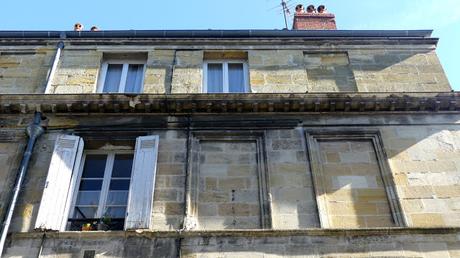 On almost every street in Bordeaux there are bricked-up windows that add a sense of mystery to the associated buildings. What can the story be?
On almost every street in Bordeaux there are bricked-up windows that add a sense of mystery to the associated buildings. What can the story be? As reported in a recent Invisible Bordeaux item, in most cases the windows were bricked up in the 19th century as a means of paying less so-called "window tax" (impôt sur les fenêtres), an unpopular

Rue Croix-de-Seguey.
means of taxation that had first been used at the time of the Roman Empire and that was applied in France from 1798 to 1926. The system served as a simpler way of calculating how much tax was owed than entering and measuring the surface area of each property.While this is the primary reason for so many windows having disappeared into thin air, there can be others: in some cases, owners may have added window-shaped designs as a "trompe l’œil" feature to add coherency and/or symmetry to an exterior, or to visually break up an otherwise monotonous empty space. Finally, some may have simply chosen to block off their windows for structural reasons or because they were having to deal with too much sunlight!
In many cases, phantom windows of the like are to be found on buildings located on street corners; having two walls to play with obviously provided owners with more leeway, such as pictured below on rue Commandant-Arnould (also featured in the lead photo) and rue Barennes. In both cases, the brickwork and smooth lines suggest these may be trompe l'œil features.
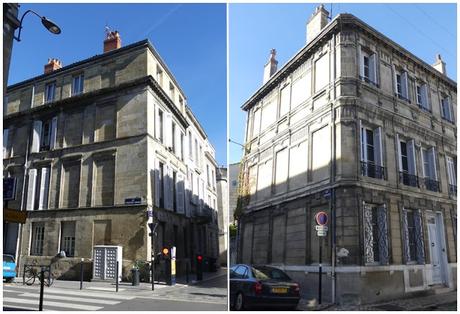
These next tall buildings, on rues du Serpolet, Chai-des-Farines and Ducau are all heavy on phantom windows. The rue Ducau residence on the right almost comes across as a game of Tetris in progress, with the blocked-up windows seemingly gradually replacing the real ones from the bottom up!
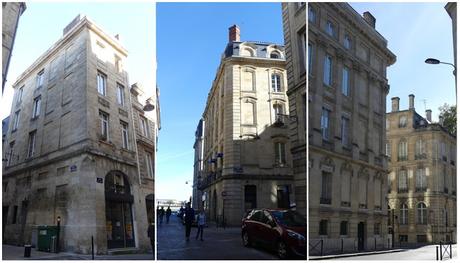
This charming building, on the corner of rue du Hâ and rue des Étuves even includes some faded handpainted adverts (or ghostsigns, a recurring Invisible Bordeaux subject!). On the lower floor, the presence of a corner window suggests that there may also have been similar windows on the upper levels in a previous life.
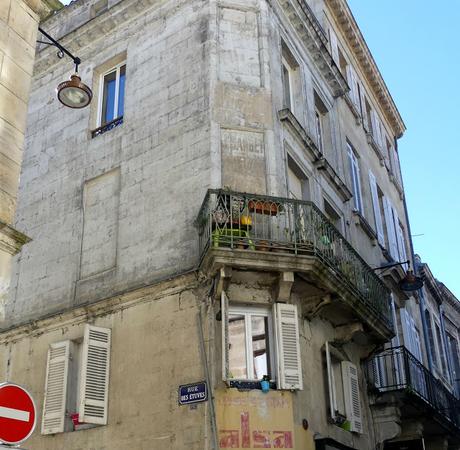
The scenario below is a classic one, particularly when the buildings involved are not on street corners: full rows of windows are simply not there. These photos were taken on cours Pasteur and rue des Bahutiers.
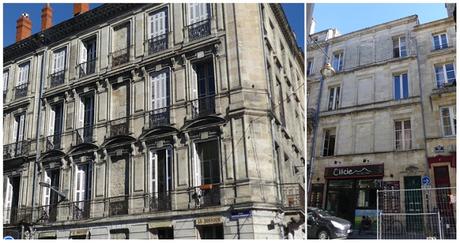
The phenomenon is by no means restricted to tall buildings in the city center. Bourgeois townhouses in residential neighbourhoods are also short of a few windows, as can be seen here on rue Rochambeau, rue des Deux-Ormeaux and cours Marc-Nouaux. In each case, anything between four and seven windows (and even a large arched doorway) have either disappeared from view, or else were never there to begin with!
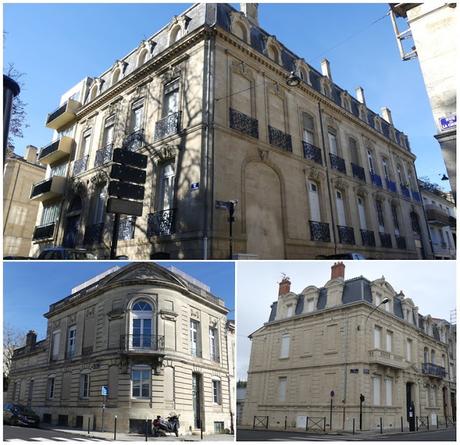
Smaller homes have also played the phantom window game, such as here on rue Henri-Matisse (where no less than three of the six first-floor windows have been cancelled out) and rue de l'Arsenal.
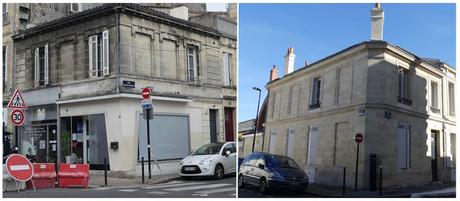
Meanwhile, at the other end of the Bordeaux class system spectrum, Château Pape-Clément, out in Pessac, also boasts its own mystery windows!
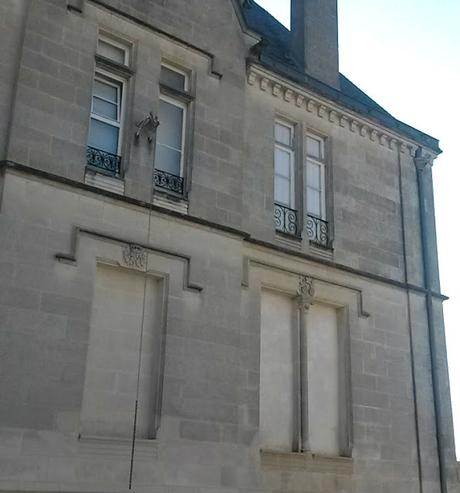
In some cases, bricked-up windows, whatever their reason for being, have been cultivated as bona fide trompe l’œils. That is the case for instance on rue Mandron, where the windows in the row over to the left of the picture below are full-on optical illusions, the non-windows convincingly painted to look like genuine ones.

Elsewhere, such as here on rue Ravez, efforts were made in the past to dissimulate and embellish the ghost windows by adding outdoor venetian blinds. The blinds are now well past their best though...
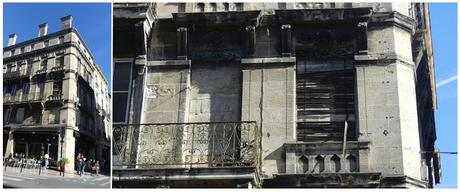
But perhaps my favorite use of a ghost window, pictured below, is to be found on rue d'Arcachon. A board which has been affixed to the window features, appropriately enough, an interpretation of Salvador Dalí's "Figura en una finestra" (Figure at the Window). The picture is signed/credited to "B. Bodin d'après Dalí".
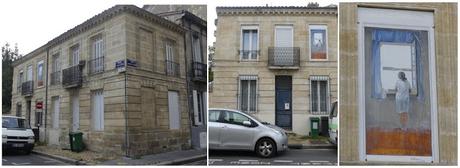
So start hunting out your own phantom windows and decide for yourself why and how they came to be. Once you begin looking for them, you'll see that they crop up everywhere, in all quarters and on all sides!
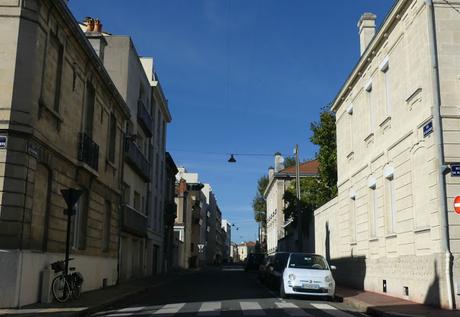
> Ce dossier est également disponible en français !
